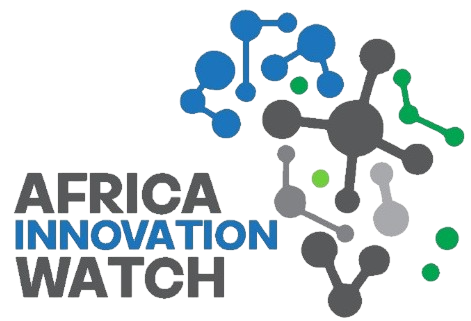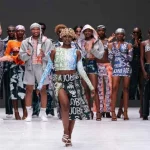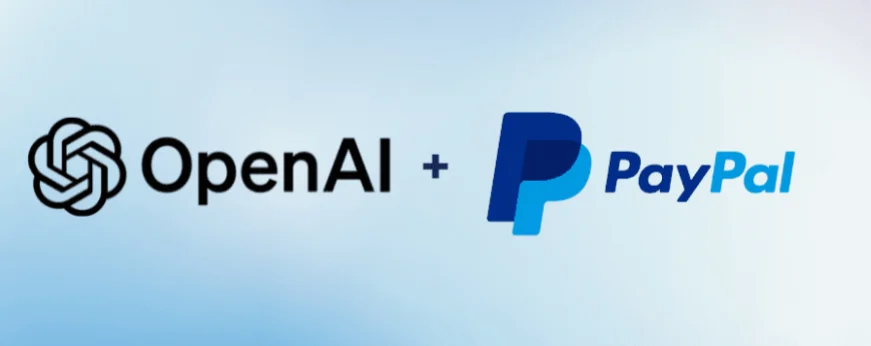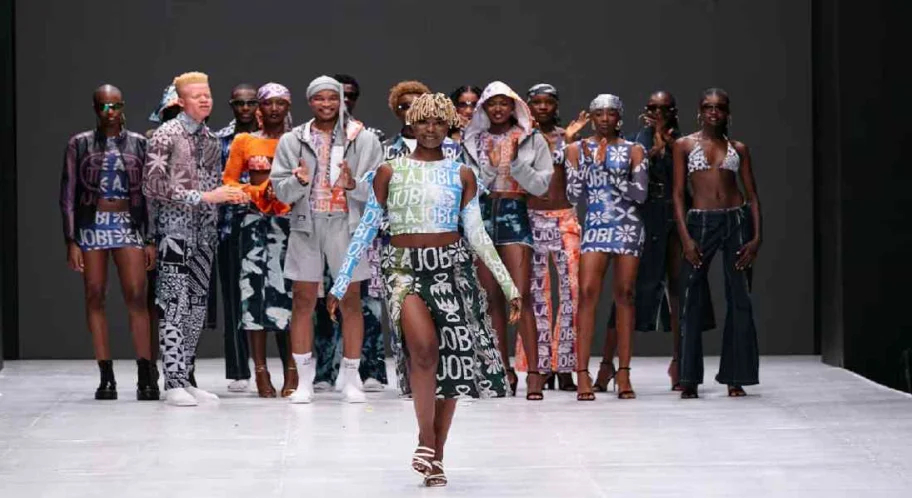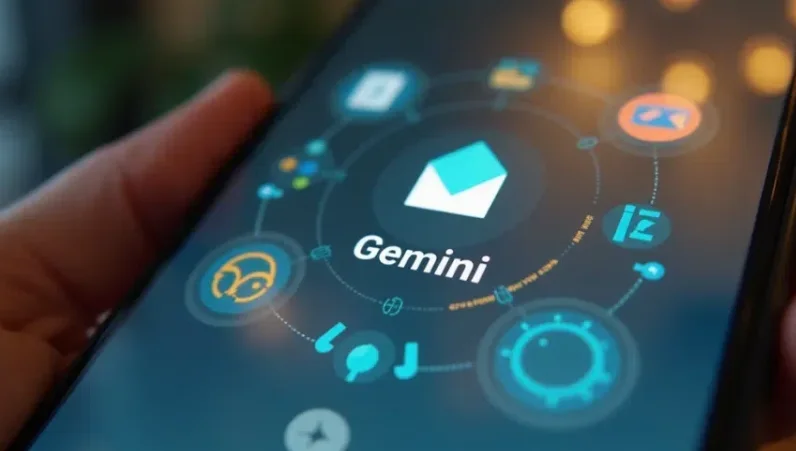After updating to iOS 26, many iPhone users noticed a new “Slow Charger” message on the lock screen. This appears alongside an estimated time to reach 80%, helping users monitor charging progress more accurately.
While it may look like a warning, it’s not a sign of hardware damage. Instead, it means your iPhone isn’t receiving enough power for fast charging. Here’s a breakdown of what’s happening and how to fix it.
1. “Slow Charger” Simply Means Underpowered Charging
The message doesn’t indicate a problem, just that your charging setup isn’t powerful enough to reach fast-charging speeds. The phone is charging safely, just more slowly than it could.
2. You Need 30W or Higher for Fast Charging
To unlock fast charging, use a 30-watt (or higher) power adapter and a USB-C cable. Lower-wattage bricks can still charge your device but at slower speeds.
3. Old USB-A Chargers Are Too Weak
If you’re still using an older USB-A charger (the rectangular plug), it only delivers 5–7.5 watts, far below the requirement for fast charging.
Charging newer iPhones like the iPhone 17 with these can take 3+ hours.
4. Newer iPhones Have Bigger Batteries
Modern iPhones feature larger batteries than older models.
If you upgraded your phone but kept your old charger, expect charging to feel slower simply because there’s more battery to fill.
5. Fast Charging = 0–50% in Under 30 Minutes
With the right setup, USB-C to Lightning or USB-C to USB-C cable + 30W adapter, most iPhones can reach 50% in less than 30 minutes.
That’s the difference between a quick top-up and a full afternoon plugged in.
6. Charger Brand Doesn’t Really Matter
You don’t need Apple’s official charger.
Any reputable brand that supports USB-C Power Delivery (PD) — such as Anker, Belkin, or Ugreen — will deliver the same fast speeds safely.
Apple’s new Dynamic Charger is great but not essential.
7. Wireless Fast Charging Requires MagSafe or Qi2
Seeing “Slow Charger” on wireless pads? That’s because older Qi chargers max out at 7.5–10W.
To charge faster wirelessly (up to 25W), use:
- Apple MagSafe Charger, or
- Qi2-certified chargers (like the latest Belkin BoostCharge Pro).
Example:
A Belkin MagSafe charger can hit 25W, while older pads may deliver only 15W or less.
8. Slow Charging Is Safe — No Upgrade Required
Even with the “Slow Charger” message, your iPhone is charging safely.
If you typically charge overnight, you don’t need to change anything, you’ll still wake up to 100%.
Upgrading your charger only makes sense if you need faster daytime top-ups.
Final Thoughts
The “Slow Charger” message in iOS 26 isn’t a cause for alarm, it’s an informative feature to help users understand charging performance.
If you want the fastest possible charge, invest in a 30W USB-C PD adapter and a quality cable or MagSafe charger.
Otherwise, keep calm and let your phone charge, slow and steady still wins the race overnight.
